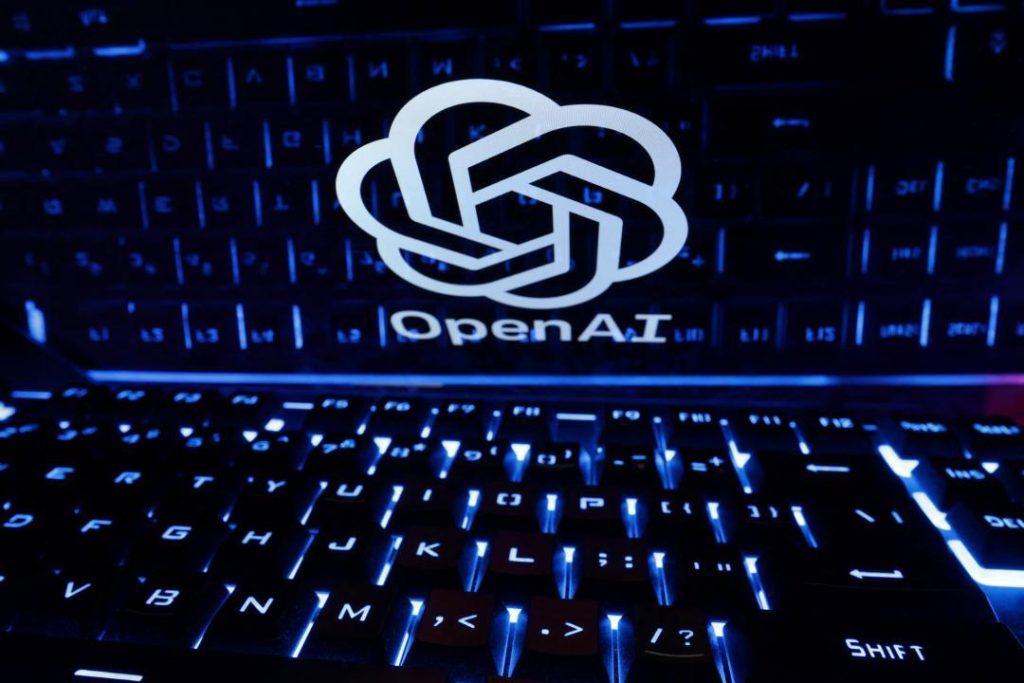
OpenAI Launches GPT-OSS Models that Can Run on Devices with Just 16GB of RAM
In a major breakthrough, OpenAI has unveiled two state-of-the-art open-weight language models, gpt-oss-120b and gpt-oss-20b, that can run locally on devices with as little as 16GB of RAM. This innovative achievement marks a significant step forward in the development of artificial intelligence, enabling users to harness the power of advanced language processing capabilities without requiring massive computational resources.
The “weights” or internal parameters of open-weight models, such as gpt-oss-120b and gpt-oss-20b, can be accessed by anyone, providing a unique window into how these models process information. This transparency is a significant departure from traditional closed models, which keep their internal workings proprietary.
The new models are part of OpenAI’s ongoing commitment to advancing the field of artificial intelligence, while also promoting transparency and collaboration. By making these models open-source, OpenAI aims to empower developers, researchers, and users to build upon and improve their capabilities.
One of the key advantages of these open-weight models is their ability to run locally on devices with limited RAM. This makes them particularly well-suited for applications where data processing and analysis need to occur in real-time, such as in chatbots, voice assistants, and other AI-powered applications.
While gpt-oss-120b and gpt-oss-20b are powerful language models, it’s worth noting that they are not capable of generating images or videos. However, they can route users’ requests to OpenAI’s more powerful closed models, which are capable of generating more complex multimedia content.
So, what do these models bring to the table? Here are some key features and benefits:
- Improved Language Processing: gpt-oss-120b and gpt-oss-20b are trained on a massive dataset of text, enabling them to understand and generate human-like language with unparalleled accuracy.
- Small Footprint: Despite their impressive capabilities, these models are designed to run efficiently, making them suitable for deployment on devices with limited RAM.
- Transparency: The open-weight nature of these models allows users to access and understand how they process information, promoting transparency and collaboration in AI research.
- Extensibility: By making the models open-source, OpenAI is encouraging developers and researchers to build upon and improve their capabilities, driving innovation and advancement in the field.
The impact of these models is likely to be significant, with potential applications in a wide range of areas, including:
- Chatbots and Virtual Assistants: gpt-oss-120b and gpt-oss-20b can be used to power more intelligent and conversational chatbots and virtual assistants, enabling users to interact with AI-powered systems in a more natural and intuitive way.
- Natural Language Processing: These models can be used to improve natural language processing capabilities in a variety of applications, from language translation and text summarization to sentiment analysis and topic modeling.
- Content Generation: By routing requests to OpenAI’s more powerful closed models, gpt-oss-120b and gpt-oss-20b can be used to generate high-quality content, such as articles, blog posts, and social media updates.
In conclusion, the launch of gpt-oss-120b and gpt-oss-20b by OpenAI represents a major milestone in the development of artificial intelligence. These open-weight language models offer a unique combination of power, efficiency, and transparency, enabling developers, researchers, and users to harness the capabilities of advanced language processing without requiring massive computational resources. As the AI landscape continues to evolve, we can expect to see these models play a significant role in shaping the future of natural language processing and beyond.






